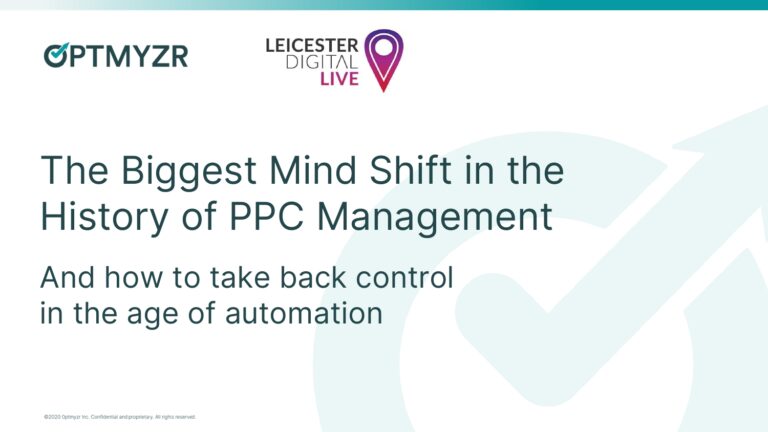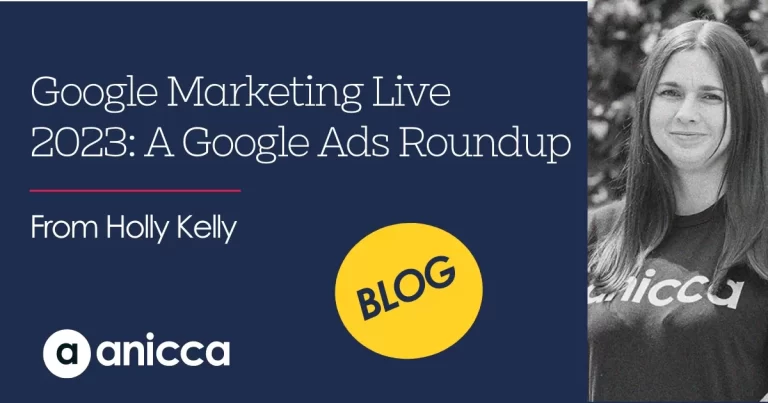E-Commercial 2018 – Successful Product Feed Optimisation
John Cave is Director of Shoptimised, a feed management software giving full control over product feed optimisation. He was at E-Commercial 2018 to share his top tips on optimising your product feed to improve click through rate, reduce wasted spend and increasing return on spend.

What is Product Feed Optimisation?
It is a process of optimising data within the shopping feed to ensure products are shown for varying search terms within Google Search, Google Ads and other platforms, such as eBay and Facebook.
The three key areas to focusing on when looking to optimise:
- Product titles
- Product descriptions
- Product types
Product Titles
- You have a maximum of 75 characters available in your product title, but most do not utilise all of the characters. Increase the number of keywords by using all of the characters
- The most important words should appear to the left of the product title
- Every product title should be unique
- Examine your existing converting terms to better understand the keywords that work
- Use this data to create product titles and inform how you structure this information
- A successful example is by brand, then style, category, gender, size, colour etc.
- Always lead with the highest converting search terms
- Introducing more keywords will pick up increased generic traffic, as well as highly relevant traffic, due to all of the information being included
John’s example of an online trainer retailer selling Adidas trainers, where the above was put into practice, demonstrates how this can improve conversions:
- 53% increase in click through rate
- 19% reduction in wasted spend
- 27% increase in return on investment
Product Descriptions
- With a maximum of 5,000 words, product descriptions offer plenty of scope for keywords.
- Use the keywords within your product title to inform your description and create SEO enriched content.
Product Types
- 5% of all Googled search terms are matched to words within product types. These should follow the same structure as the product title with a minimum depth of +5.
- Google Shopping relies on filtering by product types and attributes – brand, gender, colour, material, size, etc.
- In addition, items can be grouped together using Group IDs – a unique ID collecting a group of items together so the customer sees a collection of variables rather than one product. This increases conversions by 11% and allows the customer to see a range of products before committing to your website.
- Traffic through Google Shopping has a higher conversion rate because of Group IDs and filters.
For more details on Product Feed Optimisation, visit Shoptimised.
Catch up on the latest updates in paid search and video content from E-Commercial 2018.






